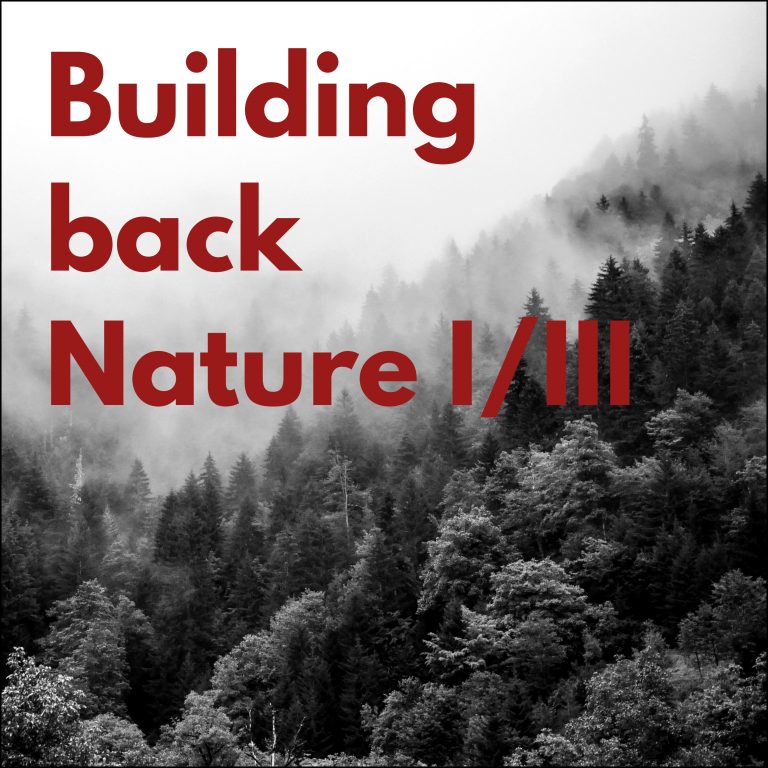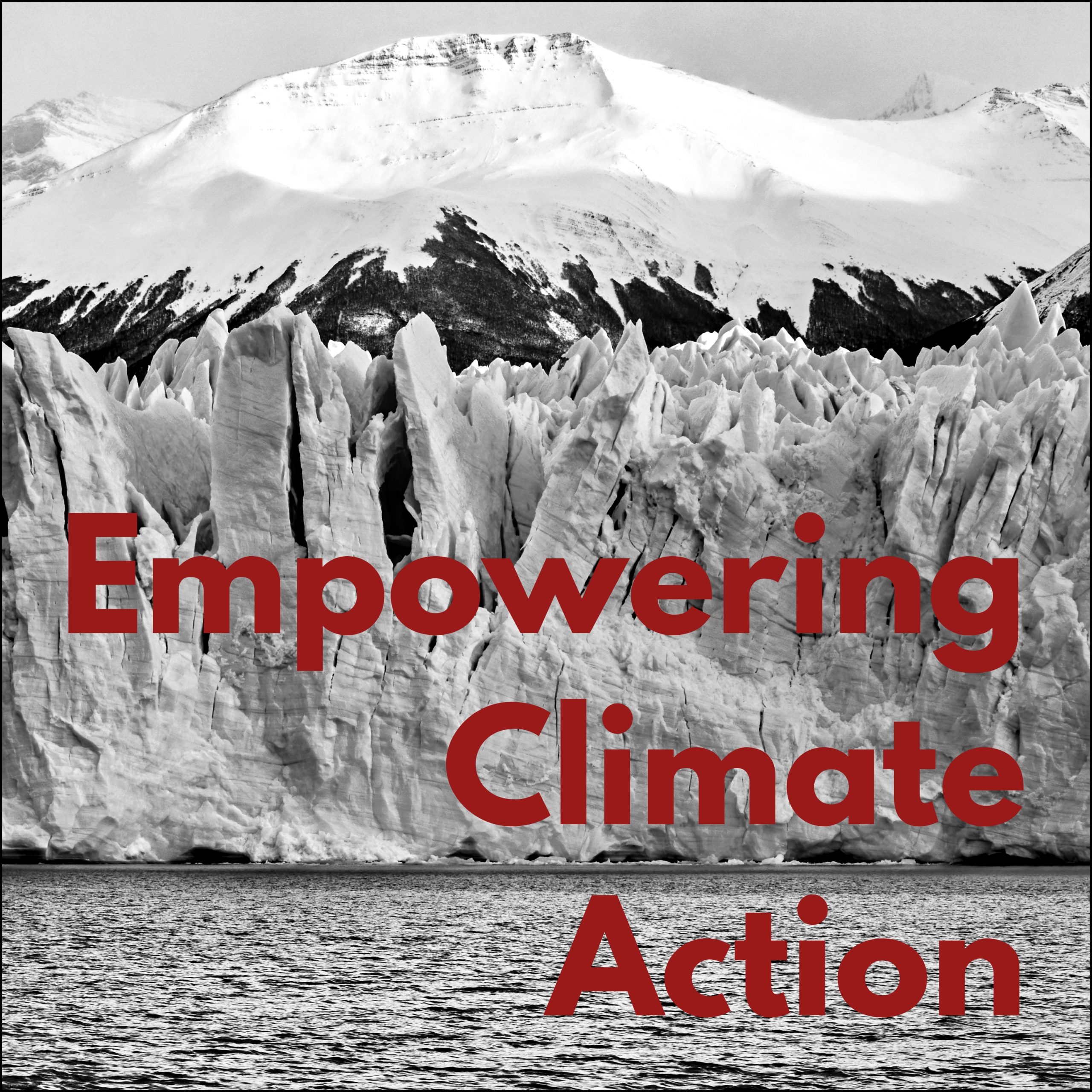We are facing multiple intertwined planetary crises, among them climate change, biodiversity loss and water security. Nature-based solutions (NBS) can make a significant contribution and forests serve as one of the largest and most cost-effective NBS in the form of interventions like conservation, reforestation, and sustainable land management. Ramping up NBS linked to forests is a key part of the global drive to race to net zero emissions.
At Broadpeak, we collaborate with industry experts, impact-driven investors, and academic institutions to address urgent global challanges. Through our articles and trilogies, we aim to share the insights we have gained from these projects with our network. Explore all of our published articles and trilogies in the blog section of our website.
The World’s biggest Terrestrial Carbon Sink
To achieve Net Zero by 2050, a significant contribution from NBS is essential, especially from land-based options. NBS provide one of the best ways to deliver these land-based options through protection, restoration and sustainable management of forests – world’s biggest terrestrial natural carbon sink. Out of the 37% of the total climate mitigation that NBS can provide in meeting the Paris Agreement, about 62% is estimated to come from forest-related NBS. As per OECD, forests are a cost-efficient way to offset GHG emissions. Development Expert Klaus Gihr said, “Forests play an important role in the reduction of GHG emissions. Even if by 2050 decarbonisation has taken place (to the extent technically possible) whereby all the companies have switched from fossil fuel to renewable energy, still there will remain some emissions that cannot be offset at the present level of technology. Here is where forest NBS will play an important role.”
There are three main interventions linked to forests with varying mitigation potential: The first is protecting forests by preventing deforestation to avert stored carbon in trees from releasing into the air. The second is reforestation, which is carried out in areas that have already been impacted by deforestation or desertification. It involves recovering forested areas destroyed in recent times by deforestation or desertification by planting new trees, among other strategies. The third one is sustainable forest management, which envisages reduced logging and longer timber harvest cycles in natural forests; and agricultural options, such as agroforestry. In terms of the mitigation potential of these three interventions, there is a strong consensus that preventing deforestation holds the greatest mitigation potential. Preventing deforestation avoids a pulse of carbon emissions, which would take years to recover if the same site were to be reforested.
Forests can contribute to climate mitigation by storing and sequestering carbon and reducing energy demand in cities. They offer a cost-effective alternative to conventional grey infrastructure, delivering long-term climate resilience while providing key health and social benefits. Bunafsha Mislimshoeva at Resallience by Sixense told us, “In the infrastructure context, the use of NBS is complex in comparison for example to the land use sector. Although the trend of integrating NBS into for example cities is going up, it is far from being the default. We work with local governments, asset owners and other actors to make the best use of the limited space we have in cities for NBS by bringing elements of nature into city infrastructure. Through green and hybrid solutions, cities can reduce or prevent climate change impacts that are accelerating over time.”
Well-designed NBS in forests can improve climate resilience and at the same time deliver multiple co-benefits. These benefits include retained and restored ecosystem services from forests that support human health and well-being, biodiversity conservation, and sustainable development. Timm Tennigkeit from unique land use GmbH stated: “To be sustainable, forestry investments require economies of scale. The matchmaking between the site (its climate, soil type, altitude), the tree species (its growth, utilization features, market prices) and the market (distance from site, market size, prevailing buyers’ demand) is key to achieving sustainable investment goals. We need proper monitoring and evaluation systems and ensure accountability.”
There is a growing recognition of the importance of forests for addressing climate change, which is harnessing a lot of political and policy traction. At the recent COP27 in Sharm el Sheikh, the Forest and Climate Leaders’ Partnership was launched to boost action to implement a commitment made by over 140 countries to halt forest loss and land degradation by 2030 and to convert ambition into results on the ground. Moreover, developing countries are taking concrete actions to protect forests under the Reducing Emissions from Deforestation and Forest Degradation (REDD+) framework.
In addition to being recognised for their role in building climate resilience, forests are garnering much attention for preventing the biodiversity crisis. At COP15 in Montréal, Forest Stewardship was highlighted as a critical biodiversity solution as forests host around 80% of the world’s terrestrial biodiversity, making their sustainable management a strategic priority.
The Challanges and Risks
Forests are one of the best examples of NBS but they are increasingly threatened by high levels of deforestation and climate change-caused natural disasters like wildfires. One of the biggest drivers of deforestation is intensive agriculture. Regardless of the negative impacts on nature, governments around the globe are subsidising intensive agriculture and exempting it from their low emission trajectories and targets. Moreover, increasing severe heat and drought due to climate change has substantially increased the threat of wildfires that release a tremendous amount of CO2 into the air and destroy biodiversity in addition to economic and livelihood loss. Therefore, replacing nature-harming practices with sustainable forest and land use management practices is vital.
The rights of local people are another major challenge that needs to be taken into consideration while implementing NBS projects. Poorly designed NBS schemes can have adverse impacts on nature as well as on local communities. In some instances, NBS can contradict the rights of indigenous communities “In some cases, projects mislabelled as NBS are increasing the vulnerability of people to climate disasters instead of decreasing it, resulting in maladaptation practices. This happens when the socio-cultural context and local challenges are ignored in the process of addressing global solutions. In some cases, it could be that climate change is a global priority and we sometimes forget it may not be the most pressing challenge at the local level,” said NBS-specialist Diego Portugal Del Pino.
The business case for forests can be difficult for investors, with returns usually accumulating only over the long term. Currently, the investments into NBS are approximately USD 154 billion / year. This amount needs to be doubled by 2025 to reach climate, biodiversity and land degradation goals. Portugal Del Pino said “It is important to highlight that nature is perceived differently by diverse groups of people. Mostly, there is an emphasis on prioritizing monetary ecosystem services over other non-monetary services, for example, cultural and aesthetic values given by nature. We fail to take into account a plural valuation of nature that goes beyond economic profits.”
Thoughts on the Outlook
To ensure the best use of forests we need to move towards more eco-centric public policies that prioritise nature and realise its true value. Governments can help by putting policies in place to incentivize ecosystem restoration, prevent deforestation from agriculture and improve long-term land use planning. This would include directing government subsidies to NBS. Currently, most subsidies in agriculture are directed towards intensive livestock, fossil fuel, synthetic fertilizers and diesel subsidies that are promoting deforestation and increasing GHG emissions. To prevent deforestation from agriculture, we need to adopt more eco-forestry practices. There needs to be a shift from intensive agriculture to sustainable practices like agroforestry. Adding trees to agricultural lands is proven to have greater potential than reforestation.
Moreover, governments must implement effective land use policies. Sustainable urban planning and design can help address both mitigation and adaptation challenges. Cecil Konijnendijk from the Nature Based Solutions Institute specified “We need to drastically change our way of thinking on how cities are planned, designed, and managed. Green infrastructure needs to be an integral part of city planning and structure. We are still in a situation where cities are losing trees and green space, while climate challenges are increasing. We also need to become better at aligning policies. Urban forest policies and climate policies, for example, can be coordinated much better. There is often still too much silo thinking in city administrations. Cities like Copenhagen are changing this, creating cross-sectoral plans and structures for dealing with climate change.”
It is also critical to prevent inappropriate tree planting on naturally open ecosystems such as grasslands and peatlands, which are vital for climate mitigation as well as for protecting biodiversity. Moreover, replacements of native forests with plantations or alien tree species must be carefully monitored as they can sometimes hinder the establishment of naturally regenerating forests. Tennigkeit told us, “Forestry investments require economies of scale to be sustainable. The compliance with environmental and social safeguards as defined by IFC and the matchmaking between the site conditions (climate, soil type, altitude), tree species (its growth, native/locally tested, utilization features, market prices) and the market (distance, market size, processing capacities, prevailing buyers’ demand) is key to achieving sustainable investment goals. We need proper monitoring and evaluation systems and ensure accountabilitybe sustainable, forestry investments require economies of scale.”
The funding gap for forests needs to be filled by tapping into natural capital. The Emissions Gap Report 2022 by UNEP provides evidence that more finance needs to flow towards the restoration of natural forests and afforestation. We need to develop business models for NBS projects to incentivize private investors to invest in them. “Private investments can support NBS projects at every stage of development, from early-stage pilots to scaling. At Earthly, we are helping bridge the funding gap for nature by accelerating investments into high-integrity, high-impact NBS projects. We help companies understand project quality and drive commercial returns on investment from their sustainability efforts,” explained Olivia Crowe from Earthly.
Moreover, a proportion of the necessary finance could be delivered through the responsible use of forest offsets. Currently, the price per forest carbon credit is still not high enough to include other forest services like biodiversity and social benefits. Therefore, we need to increase the price of forest carbon credits. In addition, there is a need to improve the transparency of these voluntary carbon markets to ensure that they represent genuine emissions reductions. The recent controversy on carbon credit accounting sheds light on the fragility of the voluntary offsets market that will likely cause investors to lose confidence in carbon credits. Therefore, strict transparency and monitoring mechanisms are needed to ensure investors’ confidence and funding. Jamie Micah Lawrence at Xilva, told us, “The amount of money flowing to forest projects must be increased to reflect the multiple benefits forests offer to people and biodiversity, rather than just a basic transaction based on the number of trees planted for short-term carbon gains. This will include an increase in the speed, variety and price of all non-tangible assets such as carbon credits, and biodiversity certificates to reffing the true costs of forest management and protection.”
Lastly, we must improve planning around NBS to ensure that they are utilised to their full potential and offer benefits for nature as well as humans. John-Rob Pool from the World Resources Institute provided a good closing statement by saying “So long as NBS are carefully planned so that they are contextually relevant, with maintenance costs accounted for and clear goals in mind, NBS are a no-regrets strategy for national and sub-national governments to leverage the power of nature for human well-being. NBS can benefit mental and physical health, water security, and biodiversity preservation, all while contributing to mitigating future climate change.”





